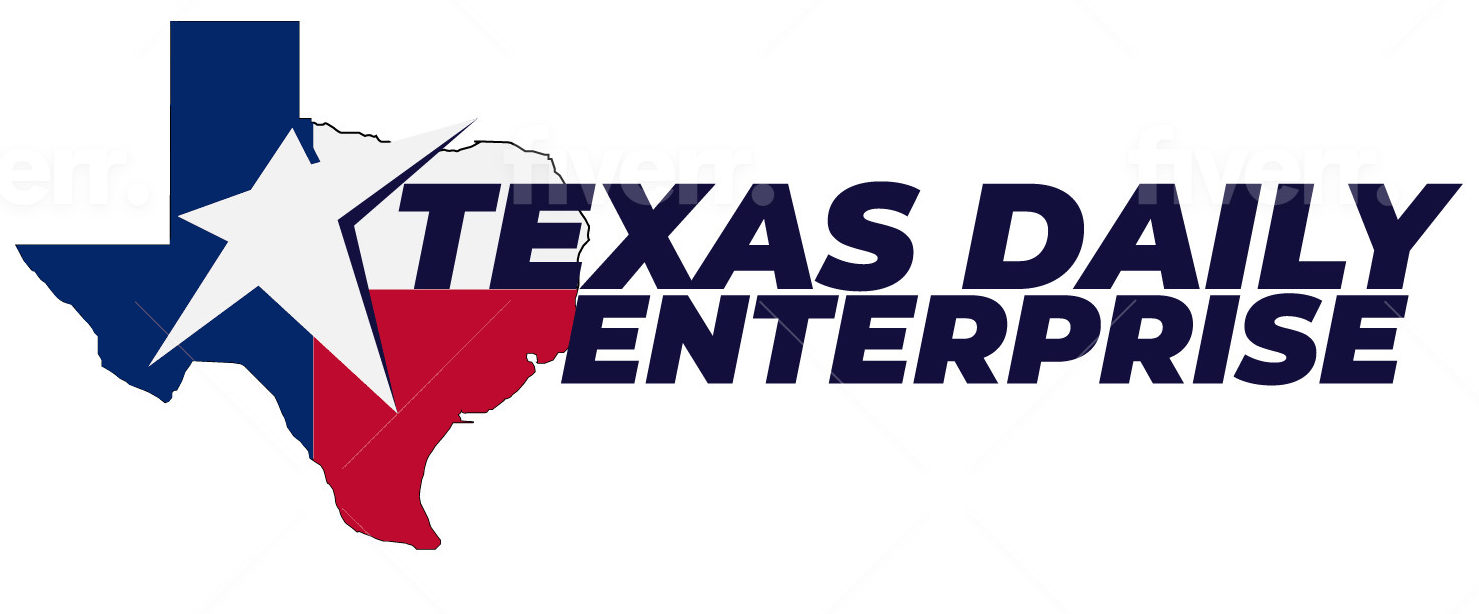Henry Ford, Durant & Chrysler: The Rise of the Big Three U.S. Automakers
Henry Ford
Henry Ford started two failed companies before figured things out with his third company, which in 1908 introduced the first mass volume car, the Model T. By the early 1920s, Ford was making more than 1.5 million Model Ts per year. Ford worked with many able associates but drove many of them off through his pig-headedness. He was a complex man who had a huge impact on industrial methods and the freedom of people the world over.
Ford’s remarkable career was just one of the tales Herb Kelleher Center former Entrepreneur-in-Residence Gary Hoover included in his talk, on “Lessons from Detroit.”
Hoover, a business history enthusiast, began his talk with the first commercially successful cars, then led the audience through the rise of Ford, General Motors, and Chrysler using over 300 vivid visual images.
William C. Durant
Horse carriage mogul Billy Durant was simultaneously buying Buick, Cadillac, and Oldsmobile to build General Motors. After a period of upheaval, MIT engineering grad Alfred P. Sloan, Jr. became head of GM. Along with engineering wizard Charles Kettering, production genius William Knudsen, car designer par excellence Harley Earl, finance innovator Donaldson Brown and other executives, Sloan built the world’s greatest and most powerful industrial enterprise. By 1962 GM sold over half the cars sold in America.
Walter Chrysler
The third player, former Buick chief Walter Chrysler, combined innovative brands like Chrysler and Plymouth with the purchase of the great Dodge Brothers works in 1928 to create a third viable major automaker. “Independents” Packard and Studebaker did not survive into the 1970s, while Hudson, Nash, and Willys Jeep only survived by merger. The “foreign invasion” began in the late 1950s: the first successful import was the Volkswagen Beetle. By 1980 the imports, led by the Japanese, held a big chunk of the market.
Hoover, a native of GM factory town Anderson, Indiana, told this story with imagery of great leaders, great cars, workers and huge factories, as well as of the decline of Detroit in more recent years. He showed the human persistence and innovation that were required to create this huge industry and lead it to world greatness.

Her professional career experience includes fashion, teaching, banking, sales promotion, graphic design, advertising and marketing. She has three grown children, four grandchildren (beautiful), and three standard poodles (beautiful). Her hobbies are collecting antique clocks, estate sales, and historical preservation. She is on the Board of Directors for the Austin Woman’s Club and is the Grants Chairman.
